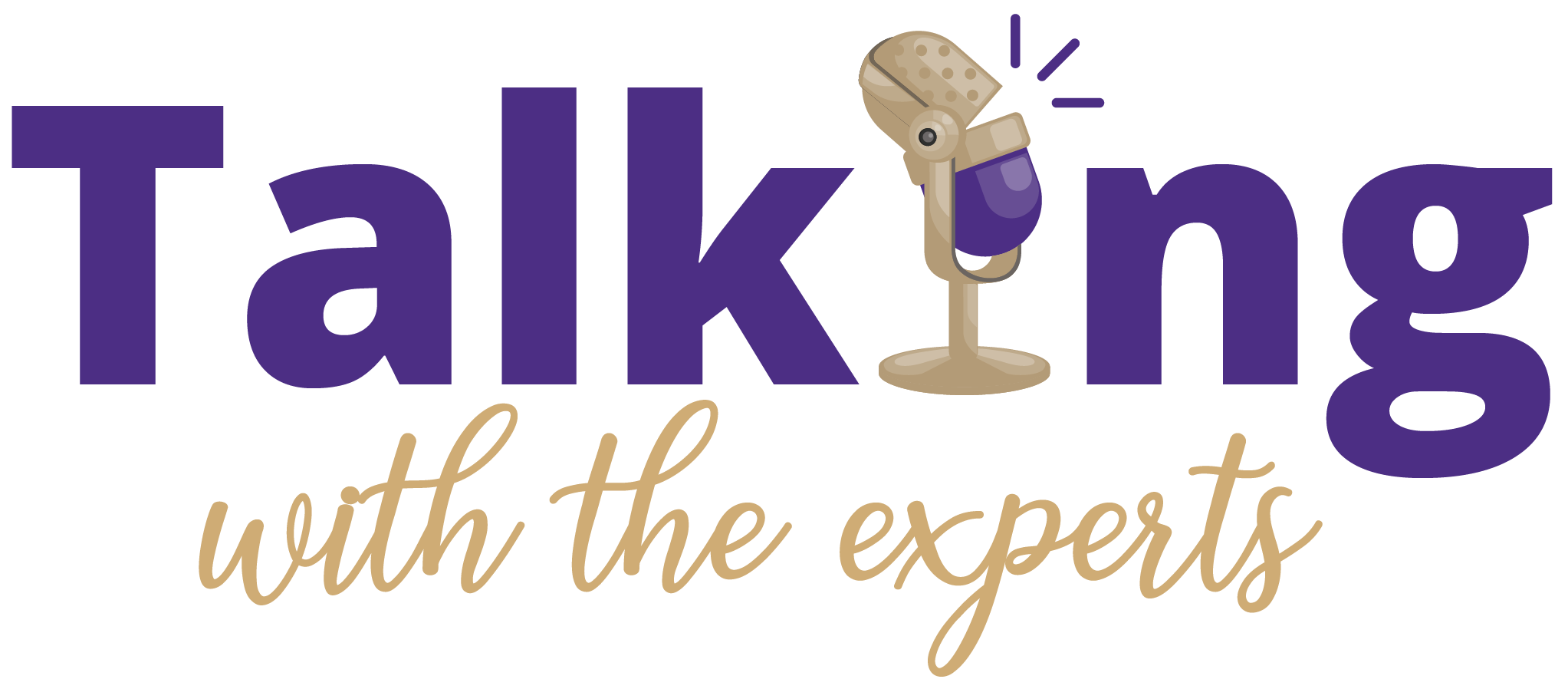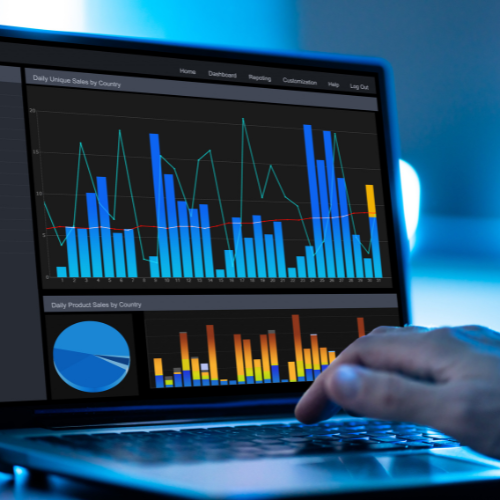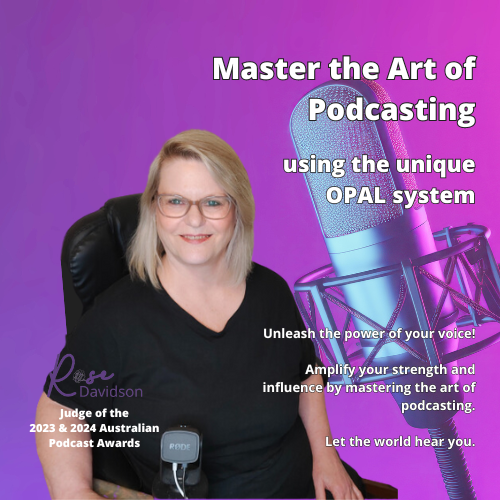In the world of podcasting, creating great content is only part of the journey. If you want to take your podcast to the next level, you need to understand how your episodes are performing, who your listeners are, and how to engage them effectively. This is where podcast analytics come into play. Podcast analytics provide valuable insights into your audience’s behaviour, preferences, and listening habits, giving you the data you need to fine-tune your show and achieve long-term growth.
In this comprehensive guide, we’ll break down the key metrics you should be tracking, explain how to interpret podcast data, and show you how to use these insights to improve your show, boost listener engagement, and grow your podcast audience.
Why Podcast Analytics Matter
Podcast analytics offer more than just numbers; they provide actionable insights into the health and success of your podcast. Understanding your podcast analytics can help you answer critical questions, such as:
– How many people are listening to your podcast?
– Who is your audience, and what are their demographics?
– How engaged are your listeners with your content?
– Which episodes are performing the best?
– Where are your listeners tuning in from?
By analysing this data, you can make informed decisions about your content strategy, promotion efforts, and overall direction for the podcast. Whether you’re looking to grow your audience, improve listener retention, or increase monetization opportunities, podcast analytics can guide you every step of the way.
Key Podcast Analytics Metrics to Track

There are several important podcast metrics that you should be monitoring regularly to assess the performance of your show. Here’s a breakdown of the key metrics and what they reveal about your podcast:
Downloads
Downloads are one of the most basic and widely used metrics in podcast analytics. A download occurs when a listener plays or downloads an episode. Monitoring your download numbers over time can give you a general sense of your podcast’s popularity and reach.
What Downloads Tell You:
– The overall popularity of your podcast.
– How many people are accessing your content.
– Trends in audience growth or decline over time.
How to Use This Data: While download numbers are useful, they don’t provide the full picture. Focus on the trends in your downloads over time, such as spikes after promoting a specific episode or dips during holiday seasons. This will help you assess the impact of your marketing efforts and the relevance of your content to your audience.
Listen Duration
Listen duration refers to the amount of time listeners spend listening to your episodes. This metric helps you gauge how engaged your audience is with your content. For example, if the majority of your listeners drop off after the first few minutes, it may indicate that your introduction isn’t grabbing their attention.
What Listen Duration Tells You:
– How engaging your content is.
– When listeners are dropping off during an episode.
– Which episodes hold listeners’ attention the longest.
How to Use This Data: Analyse where in your episodes listeners tend to drop off and adjust your content accordingly. For example, if your introduction is too long, consider shortening it to get into the core content faster. If listeners are dropping off mid-episode, examine whether the content is losing momentum or lacking variety.
Subscriber Growth
Subscriber growth measures how many people have subscribed to your podcast over time. A growing subscriber base is a positive sign that your podcast is attracting loyal listeners who want to stay updated on future episodes.
What Subscriber Growth Tells You:
– How well your podcast is retaining listeners.
– The effectiveness of your call-to-actions (CTAs) encouraging people to subscribe.
– Trends in audience growth, such as spikes after high-performing episodes.
How to Use This Data: Focus on growing your subscriber base by including CTAs in each episode, asking listeners to subscribe to your show. Identify which episodes led to a significant increase in subscribers and try to replicate that success by creating similar content or improving your promotion strategy.
Listener Demographics
Demographic data includes information such as the age, gender, location, and language preferences of your audience. Understanding your audience demographics can help you tailor your content to better meet their needs and preferences.
What Listener Demographics Tell You:
– Who your audience is (age, gender, location, etc.).
– Where the majority of your listeners are based.
– Cultural or regional preferences that could influence content decisions.
How to Use This Data: Use demographic insights to craft content that resonates with your core audience. For example, if you discover that the majority of your listeners are young professionals in a specific city, you can create episodes that speak directly to their interests and challenges. Additionally, use this information to target your marketing efforts toward regions or demographic groups that are underrepresented in your audience.
Episode Popularity
Understanding which episodes perform best can help you identify the content that resonates most with your audience. By analysing episode popularity, you can uncover patterns that inform future content creation.
What Episode Popularity Tells You:
– Which topics or formats are most appealing to your audience.
– How well specific guests or themes perform.
– The effectiveness of your promotional efforts for individual episodes.
How to Use This Data: Identify the most popular episodes and analyse why they performed well. Was it the topic, the guest, or the timing of the episode release? Use these insights to replicate successful content strategies, such as inviting similar guests or covering similar topics.
Platform and Device Data
Platform data refers to where your listeners are accessing your podcast, such as Apple Podcasts or Spotify or your website. Device data tells you whether your listeners are using mobile devices, desktops, or smart speakers.
What Platform and Device Data Tells You:
– Which podcast platforms are most popular with your audience.
– Whether your audience prefers mobile or desktop devices.
– How listeners are consuming your podcast (on-the-go, at home, etc.).
How to Use This Data: Optimize your podcast distribution strategy based on platform usage. For example, if the majority of your listeners are using Spotify, focus more of your promotion efforts on that platform. Additionally, understanding device preferences can help you tailor your content length and style—for instance, shorter episodes for mobile listeners.
Geographical Data
Geographical data provides insights into where your listeners are located. Knowing where your audience is tuning in from can help you tailor content and promotional efforts based on regional interests.
What Geographical Data Tells You:
– Where your podcast is most popular geographically.
– Which regions have growth potential.
– Cultural or regional topics that may resonate with your audience.
How to Use This Data: If you notice a large number of listeners from a specific region, consider creating content that appeals to their local interests or collaborating with regional influencers. Additionally, this data can help you target localized ads and promotions.
Social Media Shares and Engagement
If you promote your podcast on social media, tracking social media shares, likes, comments, and mentions can provide insights into how well your content resonates with your audience. High engagement on social media can also drive more traffic to your podcast.
What Social Media Engagement Tells You:
– How effective your social media promotion efforts are.
– Which content formats (video clips, quotes, etc.) work best for engagement.
– How likely listeners are to share your content with their network.
How to Use This Data: Monitor which types of social media posts generate the most engagement and replicate those strategies. Encourage listeners to share episodes on their social media and make it easy for them to do so by providing direct sharing links.
How to Use Podcast Analytics to Improve Your Show

Once you understand the key metrics and what they reveal about your podcast, the next step is to use this data to make informed decisions that will improve your show. Here’s how you can leverage podcast analytics to take your podcast to the next level:
Refine Your Content Strategy
Analytics can provide a clear picture of which topics, formats, and guests resonate most with your audience. Use this information to fine-tune your content strategy. For example, if interviews with industry experts are consistently your highest-performing episodes, consider incorporating more guest interviews into your lineup. If certain topics tend to attract higher listener engagement, prioritize covering those topics in future episodes.
Improve Listener Retention
If your analytics show that listeners are dropping off during specific parts of your episodes, it may be time to rethink your structure. Review the listen duration data to identify when and why listeners disengage. Is your introduction too long? Does the episode lose momentum halfway through? Use these insights to optimize your episode structure and keep listeners engaged from start to finish.
Optimize Your Promotion Strategy
Tracking metrics like downloads, platform usage, and social media engagement can help you optimize your promotional strategy. For example, if you notice that certain episodes get more traction on one platform (e.g., Spotify), focus more of your promotional efforts there. Similarly, if a specific type of social media post drives more engagement (e.g., video clips vs. text posts), incorporate more of those into your promotion plan.
Target Specific Audiences
With demographic and geographical data, you can tailor your podcast to the interests and preferences of specific audience segments. For example, if you find that a significant portion of your listeners are from a certain age group or geographic region, you can create content that speaks directly to their needs. This targeted approach can help you build a more loyal and engaged listener base.
Experiment and Iterate
Podcast analytics provide a wealth of information that allows you to experiment with different formats, lengths, guests, and topics. Test different content ideas and track how they perform. Use A/B testing to try out new promotional strategies and see what resonates most with your audience. By regularly analysing and adjusting your approach, you can continually improve the quality of your show and grow your audience.
Measure Your Growth
Podcast analytics allow you to track your growth over time, giving you a clear sense of whether your show is heading in the right direction. Regularly review your download trends, subscriber growth, and engagement metrics to ensure that your podcast is meeting its goals. If you notice any downward trends, take proactive steps to course-correct by adjusting your content, promotion, or engagement strategies.

Podcast analytics are an essential tool for understanding your audience, measuring the success of your content, and improving your podcast over time. By tracking key metrics such as downloads, listen duration, and audience demographics, you can make data-driven decisions that lead to increased engagement, subscriber growth, and overall podcast success.
Remember, the data alone won’t improve your podcast—you need to act on it. Regularly analyse your podcast metrics, experiment with different strategies, and continuously refine your approach based on the insights you gather. By doing so, you’ll not only elevate the quality of your show but also foster a loyal and growing audience that keeps coming back for more.
Happy podcasting!
🚀 Ready to Launch Your Podcast in Just 30 Days?
Turn your podcasting dreams into reality with my online course, “Master the Art of Podcasting: Online Program.” 🎙️
You’ll get:
✅ Step-by-step guidance
✅ Expert tips and tricks
✅ All the tools you need to confidently start your podcast
Whether you’re new to podcasting or want to refine your skills, this course is designed for YOU!
Don’t wait—your voice deserves to be heard. Start your podcasting journey today!
👉 Sign Up Now and Be Podcast-Ready in 30 Days or Less!



